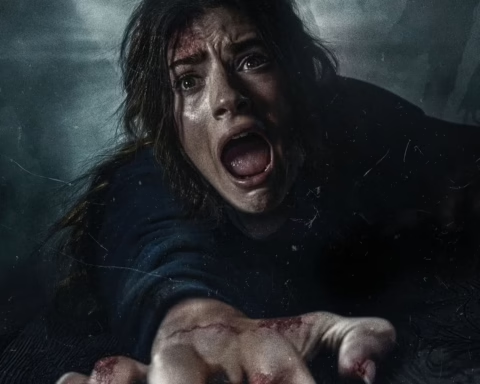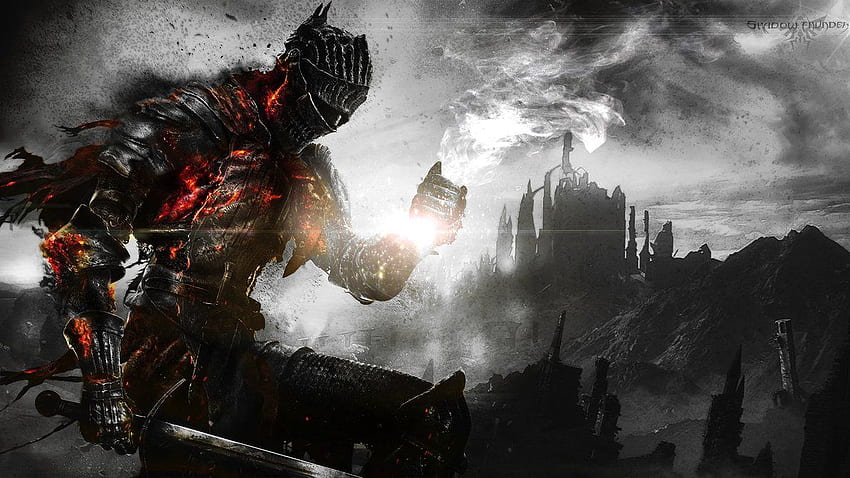“Until Dawn,” developed by Supermassive Games and published by Sony Computer Entertainment, is a critically acclaimed interactive drama survival horror video game. Initially released in 2015 for the PlayStation 4, the game has garnered a cult following due to its innovative mechanics, narrative depth, and homage to classic slasher films. As the release of a remastered version for the PlayStation 5 approaches, it is an opportune moment to delve into what makes “Until Dawn” a standout title in the gaming landscape.

Innovation in Game Mechanics
Butterfly Effect System
One of the most lauded features of “Until Dawn” is its Butterfly Effect system. This mechanic ensures that players’ choices significantly impact the narrative, leading to multiple possible outcomes. Every decision, no matter how trivial it seems, can lead to significant consequences, altering the story’s progression and the fates of the characters. This system is a remarkable innovation, pushing the boundaries of interactive storytelling by offering a high degree of replayability. Players are encouraged to explore different paths, uncovering various facets of the story with each playthrough.
Quick-Time Events and Motion Controls
“Until Dawn” employs quick-time events (QTEs) and motion controls to heighten the sense of immersion. The QTEs require players to press buttons within a limited timeframe, mimicking the characters’ urgent actions. These moments are crucial, as a single missed QTE can result in a character’s death or a significant narrative shift. The motion controls, which utilize the PlayStation 4’s DualShock 4 controller, add another layer of interactivity. For instance, players must hold the controller still to avoid detection during tense hide-and-seek sequences. This mechanic creates a palpable sense of tension and urgency, drawing players deeper into the game’s atmosphere.
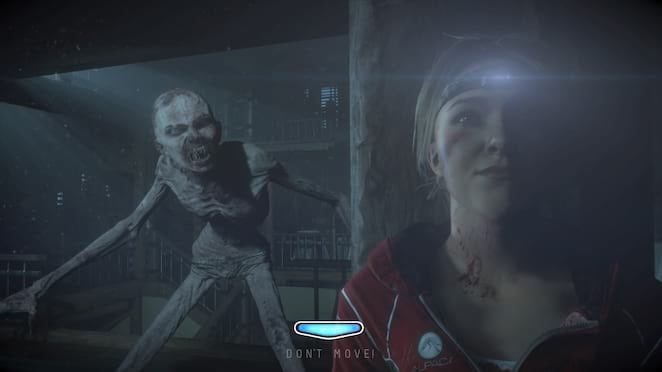
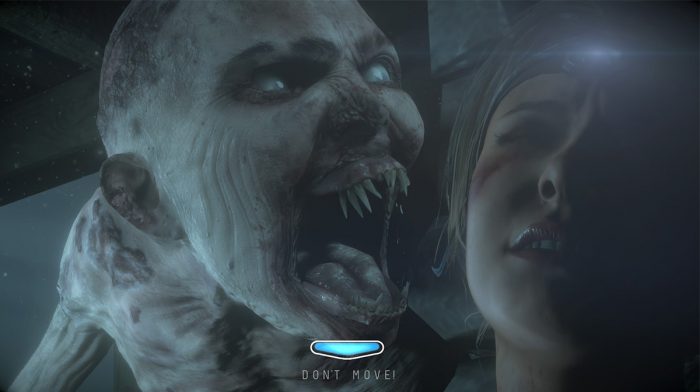
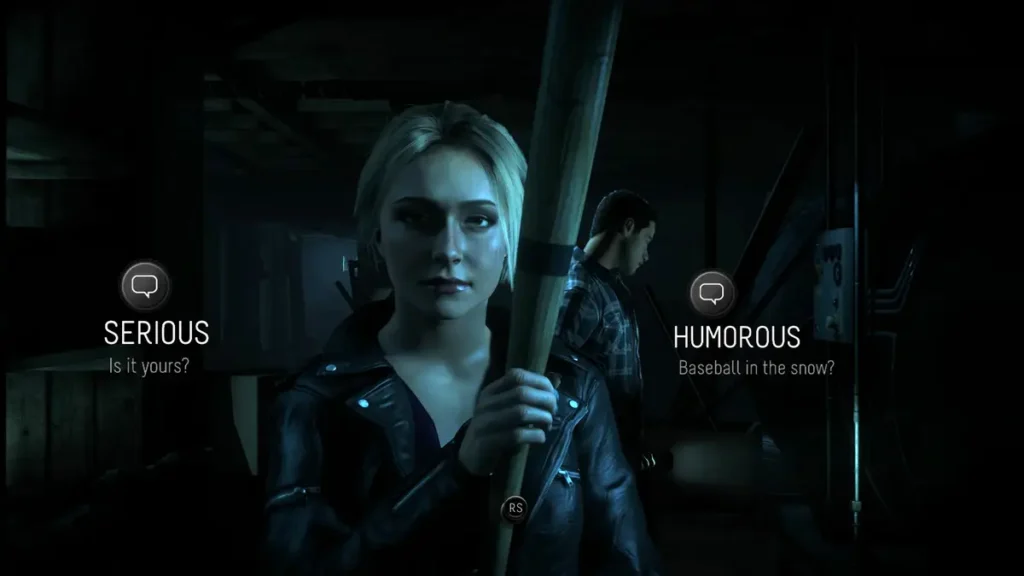
Character Relationships and Morality
The game also emphasizes the importance of character relationships and moral choices. Players can influence how characters interact with one another, shaping friendships, romances, and rivalries. These dynamics are crucial, as they can affect the characters’ cooperation and survival chances. Additionally, the game presents players with moral dilemmas, forcing them to make tough decisions that challenge their ethical beliefs. These choices often involve weighing personal survival against the well-being of others, adding a layer of psychological complexity to the gameplay.
Narrative Structure and Plot
Setting and Premise
“Until Dawn” is set in the remote Blackwood Mountain, where eight young adults—Sam, Josh, Chris, Ashley, Jessica, Mike, Emily, and Matt—reunite for a weekend getaway. The occasion marks the anniversary of a tragic incident where Josh’s twin sisters, Hannah and Beth, disappeared under mysterious circumstances. The game’s narrative unfolds over ten chapters, each corresponding to a specific timeframe during the night, as the group encounters a series of terrifying events.
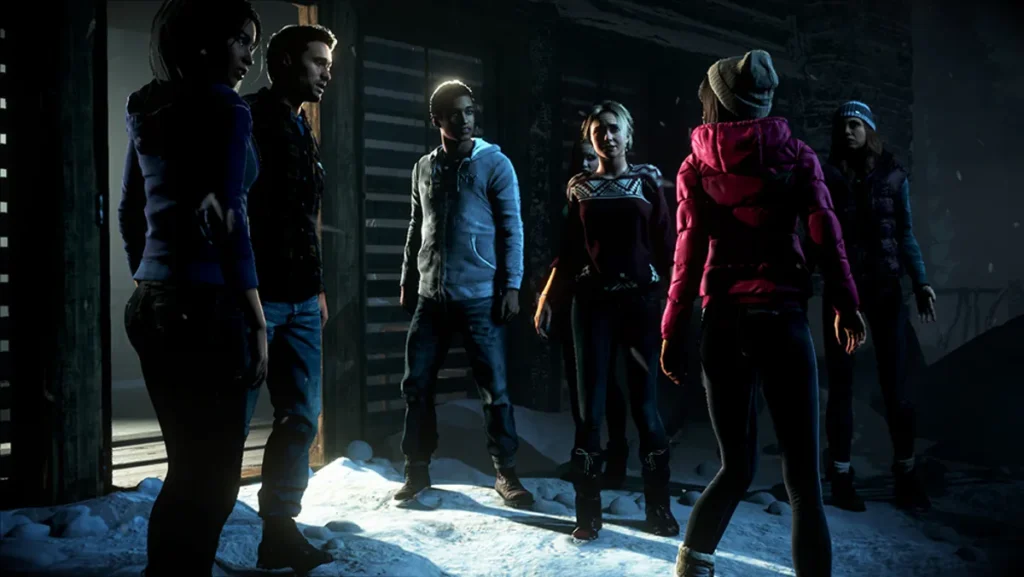
Character Arcs and Development
Each character in “Until Dawn” is meticulously crafted, with unique backstories, personalities, and motivations. The game’s branching narrative allows for substantial character development, influenced by players’ choices. For instance:
- Sam (Hayden Panettiere) is the game’s de facto protagonist. Her resourcefulness and bravery often place her at the center of critical plot points. Depending on the player’s decisions, Sam can emerge as a leader or face dire consequences.
- Josh (Rami Malek) is a complex character whose mental instability and grief over his sisters’ disappearance play a pivotal role in the story. His arc explores themes of trauma and revenge, culminating in a shocking revelation that redefines the narrative.
- Mike (Brett Dalton) undergoes significant growth from a stereotypical jock to a determined survivor. His relationship with Jessica and subsequent actions can vary widely based on player choices, highlighting the game’s emphasis on character evolution.
- Emily (Nichole Bloom) and Matt (Jordan Fisher) represent the classic “couple in distress” trope, but their interactions and individual fates are subject to player intervention. Emily’s assertiveness and Matt’s loyalty can either be their strengths or lead to their downfall.
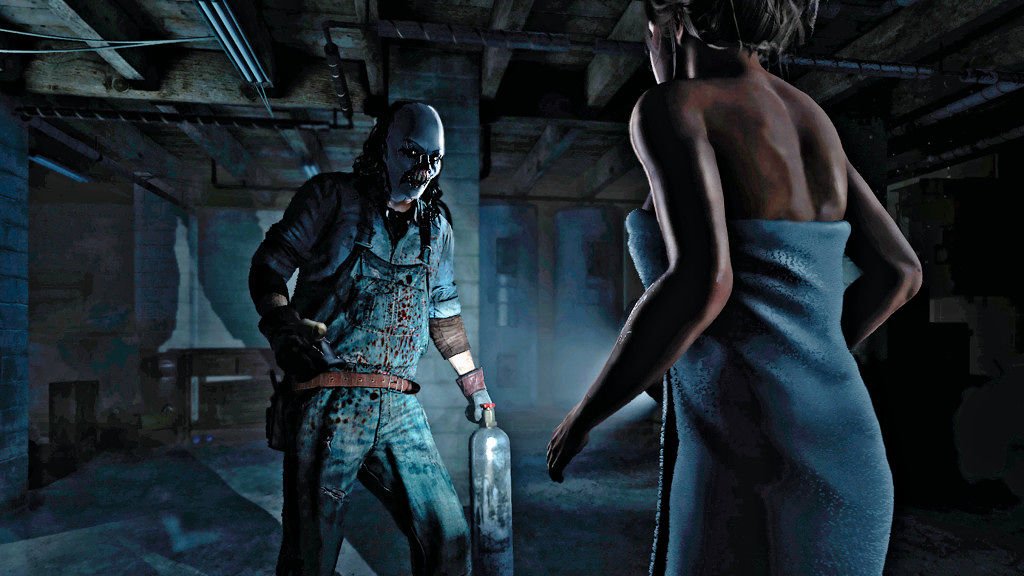
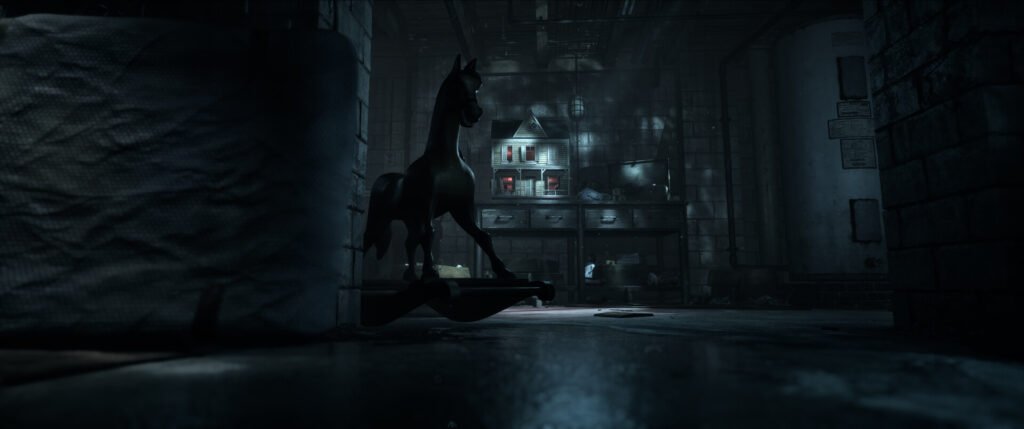
Slasher Film Influences
“Until Dawn” draws heavily from the slasher film genre, embracing and subverting its clichés. The game pays homage to classic horror films through its setting, character archetypes, and narrative structure. However, it also subverts these tropes in interesting ways:
- Final Girl Trope: Sam embodies the “final girl” trope, a common element in slasher films where the last surviving female character confronts the antagonist. However, unlike traditional final girls, Sam’s survival is not guaranteed, and her fate depends on player choices.
- Masked Killer: The game initially presents a masked killer, a staple of the slasher genre. However, the narrative takes a surprising turn, revealing deeper layers of horror rooted in psychological and supernatural elements.
- Teenage Angst and Romance: The characters’ interpersonal relationships and teenage angst are reminiscent of slasher film dynamics. The game leverages these elements to build tension and drama, making the characters’ struggles and decisions more engaging.
Gender Dynamics
“Until Dawn” provides a nuanced exploration of gender dynamics within the context of a horror narrative. The game challenges traditional gender roles and stereotypes, offering a more balanced and progressive portrayal of its characters.
Strong Female Characters
The female characters in “Until Dawn” are depicted as strong, capable, and multifaceted. Sam, Emily, Ashley, and Jessica each exhibit distinct personalities and strengths, defying the stereotypical portrayal of women in horror games and films. They are not mere damsels in distress but active participants in the narrative, capable of making critical decisions and surviving through their wit and bravery.
Subversion of Masculine Archetypes
The male characters in the game also subvert traditional masculine archetypes. Mike, initially portrayed as the stereotypical alpha male, evolves into a more complex character who shows vulnerability and empathy. Chris, who starts as the nerdy sidekick, can demonstrate courage and resourcefulness. Josh’s mental health struggles offer a poignant commentary on the pressures of masculinity and the impact of trauma.

Interpersonal Dynamics
The interactions between male and female characters are characterized by mutual respect and cooperation. The game emphasizes the importance of teamwork and communication, regardless of gender. This approach fosters a sense of equality and camaraderie among the characters, enhancing the overall narrative.
Detailed Plot Lines
“Until Dawn” weaves together multiple plot lines, each contributing to the overarching narrative. The game’s structure, divided into ten chapters, allows for a gradual buildup of tension and suspense.
Chapter Breakdown
- Prologue: The game opens with a flashback to the night of Hannah and Beth’s disappearance. Players are introduced to the central characters and the initial incident that sets the stage for the main story.
- Chapter 1: Memento Mori: A year later, the group reunites at the Washington lodge. As they settle in, tensions arise, and players are introduced to the Butterfly Effect system through various choices.
- Chapter 2: Jealousy: The group’s dynamics begin to unravel as old grudges and romantic entanglements come to the forefront. The first hints of the looming danger emerge.
- Chapter 3: Haunted: The characters start experiencing strange occurrences, and the sense of unease grows. The game introduces the first major QTE sequences, testing players’ reflexes and decision-making.
- Chapter 4: Loyalty: The group’s cohesion is tested as they face their first real threats. The narrative splits, following different characters as they confront their fears and uncover clues about the past.
- Chapter 5: Dread: The supernatural elements become more pronounced, and players must navigate a series of moral dilemmas. The relationships between characters continue to evolve, influenced by players’ choices.
- Chapter 6: Psychosis: Josh’s mental state deteriorates, leading to a dramatic confrontation. The game’s psychological horror aspects come to the forefront, exploring themes of guilt and revenge.
- Chapter 7: Violence: The group faces escalating threats, both human and supernatural. Players must make critical decisions that determine who lives and who dies.
- Chapter 8: Revelation: Key plot twists are revealed, reshaping the narrative and providing new insights into the characters’ motivations. The stakes are raised as the group strives to survive until dawn.
- Chapter 9: Karma: The final showdown approaches, and players’ choices culminate in a series of climactic events. The game challenges players to navigate high-stakes scenarios, balancing survival with ethical considerations.
- Chapter 10: Resolution: The game concludes with the survivors’ fate determined by players’ decisions. The final scenes reflect the consequences of players’ actions, offering a sense of closure or lingering dread.

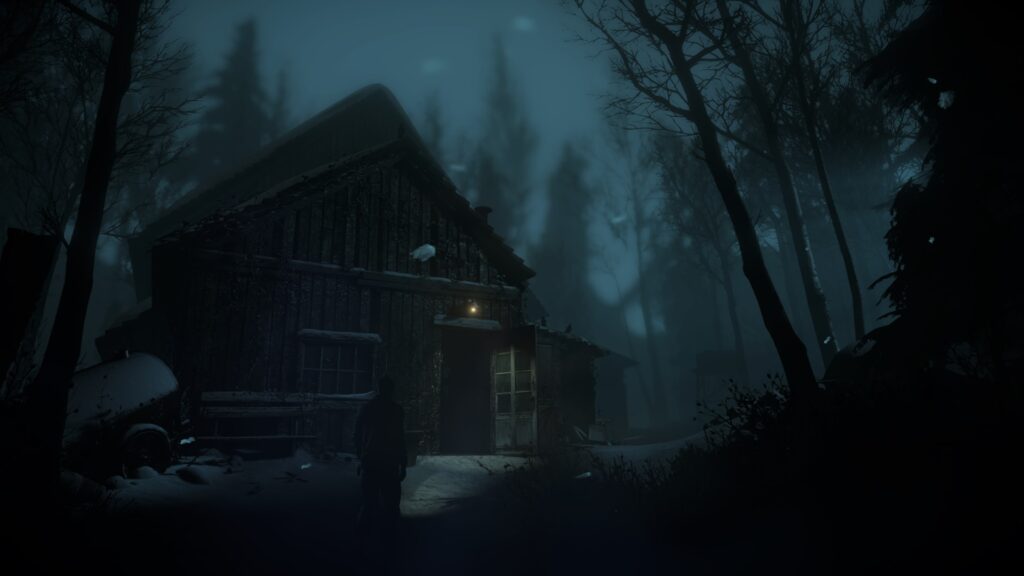
Supernatural Elements
In addition to the slasher film influences, “Until Dawn” incorporates supernatural horror elements. The Wendigo, a creature from Algonquin folklore, plays a central role in the game’s narrative. The Wendigo’s presence adds a layer of ancient, otherworldly terror, contrasting with the more contemporary slasher threats. This blend of horror subgenres enriches the game’s atmosphere and narrative complexity.
Psychological Horror
Josh’s descent into madness provides a compelling psychological horror subplot. His grief and trauma manifest in disturbing ways, blurring the lines between reality and hallucination. The game delves into themes of mental illness and the impact of unresolved trauma, offering a poignant exploration of the human psyche.
Upcoming Remastered Version on PS5
The upcoming release of the remastered version of “Until Dawn” for the PlayStation 5 promises to enhance the game’s already impressive visuals and mechanics. The remaster will likely take full advantage of the PS5’s advanced hardware, offering improved graphics, faster load times, and enhanced controller features. The DualSense controller’s haptic feedback and adaptive triggers can further immerse players in the game’s tense atmosphere, making every decision and QTE feel more impactful.
The remaster also presents an opportunity to introduce new content and features, potentially expanding on the original game’s narrative and mechanics. Fans of the original release and newcomers alike can look forward to experiencing “Until Dawn” in a more
polished and immersive format.
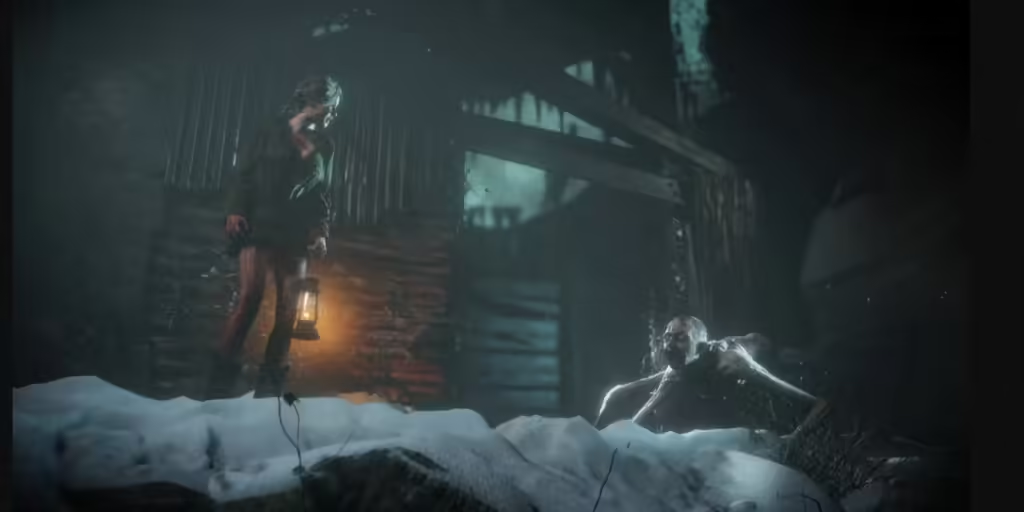
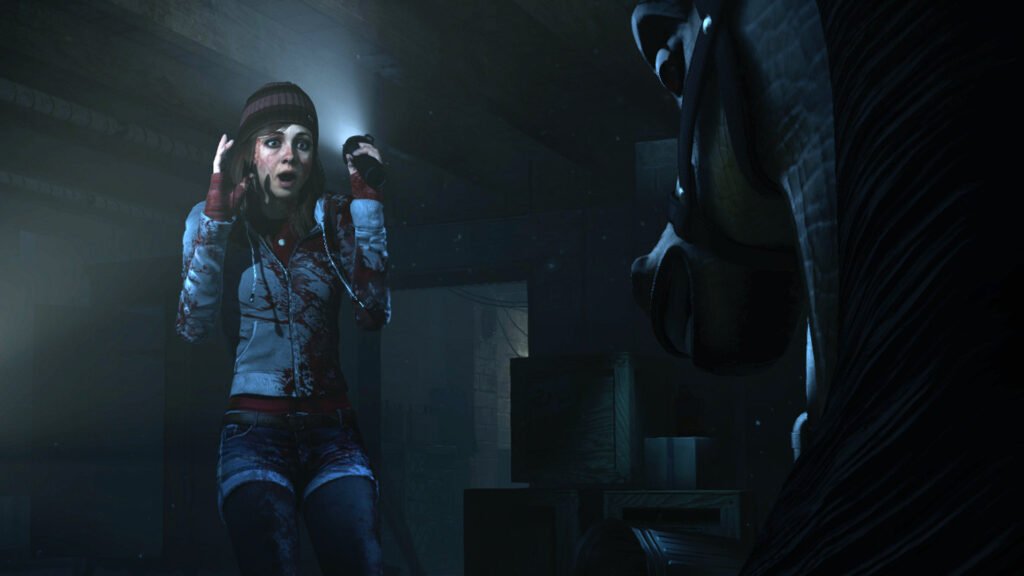
The Best Is Yet To Come
“Until Dawn” stands as a testament to the potential of interactive storytelling in video games. Its innovative mechanics, complex narrative, and nuanced exploration of gender dynamics and slasher clichés set it apart as a landmark title in the horror genre. The upcoming remastered version for the PlayStation 5 promises to reinvigorate the game, offering a new generation of players the chance to experience its chilling and compelling story. As we anticipate this release, it is worth reflecting on what makes “Until Dawn” a truly special and enduring game in the annals of interactive horror.

